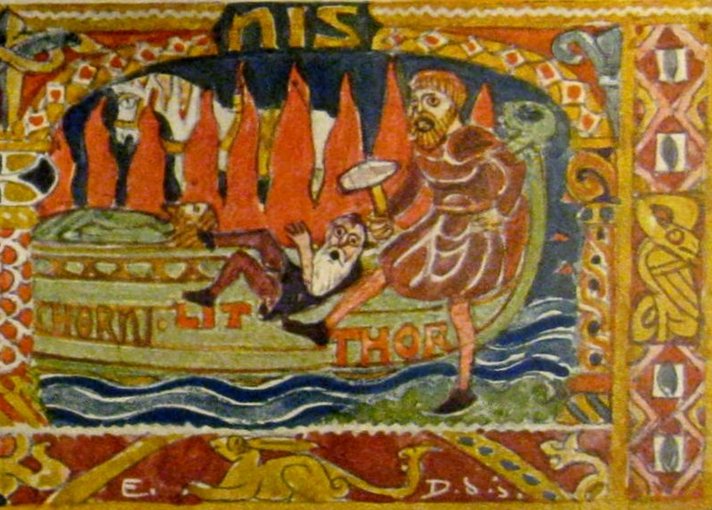There was a pair of days needed for the Pleiades:
Probably we should consider the last glyph (Ga7-10) in the 123-day long sequence as representing day 180 rather than day 179, because the first day on side a has no glyph - counting time requires a full measure before any night sign can be carved in the wood:
Such a perception will then make for instance Ga7-7 to be day 177 (= 6 * 29½), which nicely agrees with 7-7. The order of number also has influenced Ga2-27, because 22 / 7 was the ancient standard measure for π. From 8h to twice as much equals 122 (= 2 * 61) days and 121 (at 8h) = 11 * 11. And 243 (at 16h) = 3 * 3 * 3 * 3 * 3. 50 days remains on side a, beginning with tamaiti in day 181 (glyph 180):
Henua in front in day 183 is covered with hatch-marks, probably indicating darkness. The fire of daylight - as expressed by 31 glyphs with 'flames' rising in front - was here a thing of the past. ... According to Gylfaginning, following the murder of Baldr by Loki, the other gods brought his body down to the sea and laid him to rest on the ship. They would have launched it out into the water and kindled a funeral pyre for Baldr but were unable to move the great vessel without the help of the giantess Hyrrokkin, who was sent for out of Jötunheim. She then flung the ship so violently down the rollers at the first push that flames appeared and the earth trembled, much to the annoyance of Thor ...
|
|||||||||||||||||||||||||||||||||||||||||||||||||||||||||||||||||||||||||||||||||||||||||||||||||||||||||||||||||||||||||||||||||||||||||||||||||||||||||||||||||||||





